Himachal Tourism: A Complete Guide to the Hills, Life, and Culture
If there’s one destination that balances raw natural beauty with rich traditions, it’s Himachal Pradesh. Himachal Tourism is more than just about snow-capped mountains or scenic roads — it’s a journey through changing altitudes, colorful local cultures, and peaceful towns that still hold on to simplicity.
In this guide, we go deeper into what makes Himachal Tourism special: the real villages, lesser-known towns, meaningful festivals, seasonal charm, and the kind of peaceful silence you only find in the mountains.
1. What Himachal Tourism Truly Offers
Himachal Tourism isn’t limited to the famous hill stations. It reflects the heartbeat of a hill culture that blends slow life with spiritual depth.
Nature: Thick deodar forests, icy streams, apple orchards, open meadows, and pine-scented trails define the natural landscape. From Spiti’s raw desert beauty to the soft green of Chail, every region tells a different story.
People & Culture: Local life is built around community and seasonal patterns. Himachali hospitality is genuine — people invite strangers for tea, offer directions without hesitation, and share stories that go back generations.
Tradition: Temples built from wood and stone, colorful dresses, tribal jewelry, and folk songs during fairs and festivals keep the local spirit alive. Every region has its own dialect and style of celebration.
2. The Best Regions to Experience Himachal Tourism
Himachal Pradesh can be divided into various zones, and each one offers a unique take on mountain life.
Shimla Region
Once the summer capital of British India, Shimla remains charming with its colonial architecture, busy mall road, and narrow alleys. But the real Himachal Tourism experience lies just outside the main town — in places like Mashobra, Fagu, and Narkanda.
Kullu-Manali Valley
This is the heart of Himachal Tourism for those looking for rivers, adventure, and forest life. Manali is popular, but villages like Naggar, Kasol, and Tirthan Valley offer more peace and a stronger local connection.
Kangra Valley
The spiritual and artistic capital of Himachal. Visit Dharamshala and McLeodganj for Tibetan monasteries and mountain monasteries. Then drive into Palampur or Andretta to see tea gardens and art communities.
Spiti and Lahaul
One of the most untouched parts of Himachal Tourism. Cold desert landscapes, Buddhist culture, ancient monasteries, and tough roads — Spiti is not for everyone, but for those who go, it changes something inside.
Chamba and Pangi
Less commercial and more raw. Himachal Tourism here is deeply cultural, filled with ancient temples, rare handicrafts, and dramatic mountain passes.
3. Local Life: Where Himachal Tourism Meets Reality
Real Himachal Tourism happens in local homes, villages, and daily markets.
- Village Stay: Try staying in places like Kalpa, Sainj, or Jibhi. Many locals offer homestays, and you can eat local food cooked on a wood fire.
- Seasonal Farming: From apple picking in autumn to snow clearing in winter, locals live closely with the land.
- Cultural Events: Don’t miss fairs like Kullu Dussehra, Shivratri in Mandi, or local weddings where dance and food go on for hours.
4. Himachal Tourism Through the Seasons
Each season brings its own charm and colors to Himachal.
- Spring (March to April): Apple blossoms in Kinnaur and rhododendrons in Kangra turn the hills pink.
- Summer (May to June): The valleys stay cool while the plains burn. Trekking, rafting, and camping pick up.
- Monsoon (July to September): Lesser crowds, deep green forests, and wildflowers — though roads can be tricky.
- Autumn (October to November): Clear skies and golden trees make for great drives and walks.
- Winter (December to February): Snowfall in Kufri, Solang, and Sangla. Himachal Tourism slows down, but gains beauty.
5. Top Offbeat Places for Himachal Tourism Lovers
If you’ve already seen Shimla and Manali, here are some lesser-known places worth your time:
- Shoja: A quiet village above Jalori Pass with wooden houses and great forest trails.
- Sangla & Chitkul: Near the Indo-Tibetan border, these villages are remote but unforgettable.
- Barot Valley: Unknown to most, Barot is full of trout fish farms, pine forests, and a laid-back life.
- Tirthan Valley: Ideal for bird watchers, trekkers, and those seeking digital detox.
- Chamba’s Pangi Valley: For the truly adventurous, with untouched routes and high passes.
6. Food and Flavors in Himachal Tourism
Local food is an essential part of Himachal Tourism. It’s simple, warm, and seasonal.
- Siddu: A steamed bun stuffed with walnut or poppy seed mix, served with ghee.
- Madra: A thick curry made of chickpeas and curd, mostly found in Chamba.
- Chha Gosht: Mutton cooked in yogurt and spices, very popular in Kangra.
- Dham: A festive platter served on leaves — rice, dal, sweet rice, and curd-based dishes.
- Local Tea & Apple Juice: Nothing fancy, but the taste comes from fresh spring water and clean fruit.
7. Responsible Himachal Tourism: Travel With Care
With growing interest in mountain travel, it’s important to understand responsible tourism.
- Carry Trash Back: Many tourist spots are seeing plastic waste. Avoid single-use plastic and carry your waste with you.
- Stay Local: Choose homestays and local guides instead of big hotels.
- Respect Trails and Wildlife: Don’t pluck flowers or enter protected areas. Many regions are home to rare species and need protection.
- Dress Respectfully: Himachali culture is simple and modest. Wearing appropriate clothes builds mutual respect.
- Don’t Bargain Excessively: Life in the hills is not easy, and fair pricing supports locals.
8. Himachal Tourism for Trekkers and Nature Walkers
The state is filled with trails, from beginner level walks to intense climbs.
Beginner Treks:
- Triund (Dharamshala)
- Hatu Peak (Narkanda)
- Prashar Lake (Mandi)
Moderate Treks:
- Kareri Lake (Kangra)
- Bhrigu Lake (Manali)
- Serolsar Lake (Jalori Pass)
Advanced Treks:
- Pin Parvati Pass
- Hampta Pass
- Chandratal to Baralacha La
Trekking is not just about reaching the top — it’s about passing through forests, sleeping under stars, and sipping tea at lone shepherd huts.
9. Himachal Tourism for Spiritual Seekers
The mountains have always attracted people seeking peace and inner clarity.
- Tibetan Monasteries in McLeodganj, Rewalsar, and Spiti are peaceful spots for meditation.
- Old Hindu temples like Bhimakali in Sarahan or Hidimba Devi in Manali are rooted in mountain mythology.
- Yoga centers in Dharamkot or Bir offer a quiet, balanced stay.
- Ashrams and Silent Retreats in places like Tashijong are ideal for digital detox and inward journeys.
10. Final Thought: Himachal Tourism is About Slowing Down
You don’t visit Himachal to tick off places. You come here to sit by the river, walk into a deodar forest, or talk to an old lady about the snow in her village. Himachal Tourism is not just a destination—it’s a mindset.
Whether you’re drawn by the rhythm of temple bells, the scent of pine, or the sight of sunrise over snow, Himachal offers something lasting — not loud, but real.

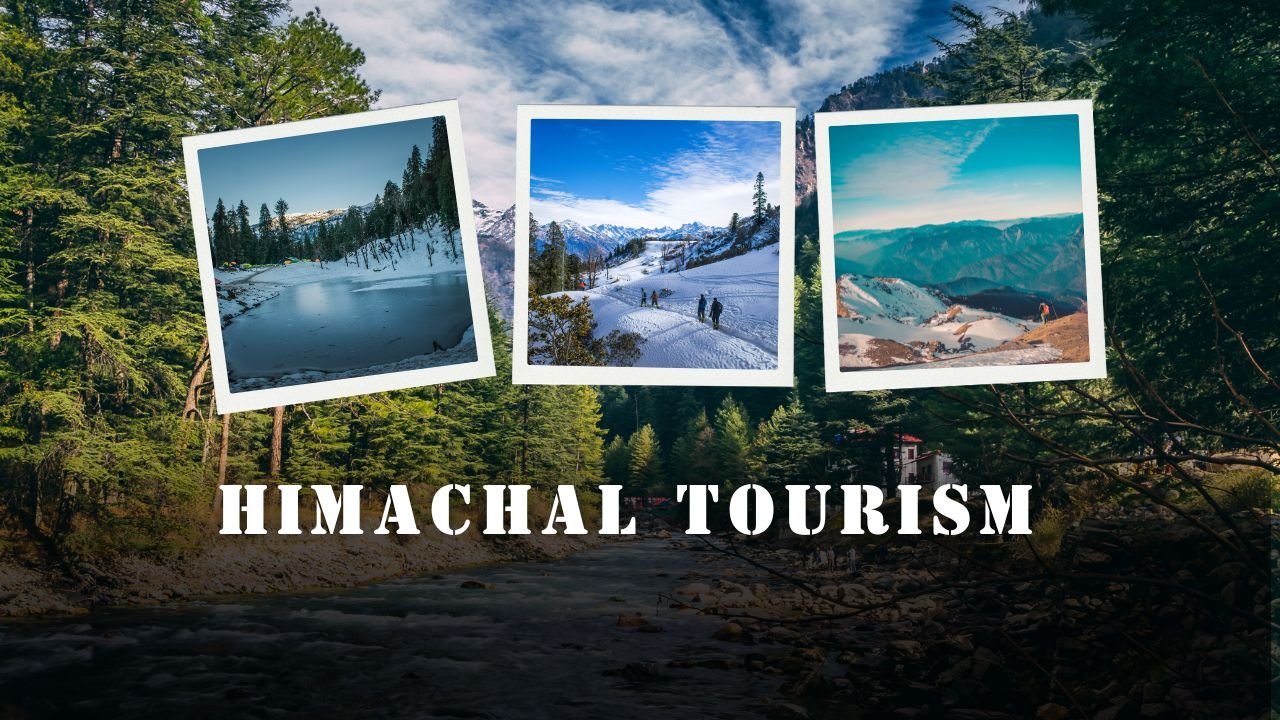

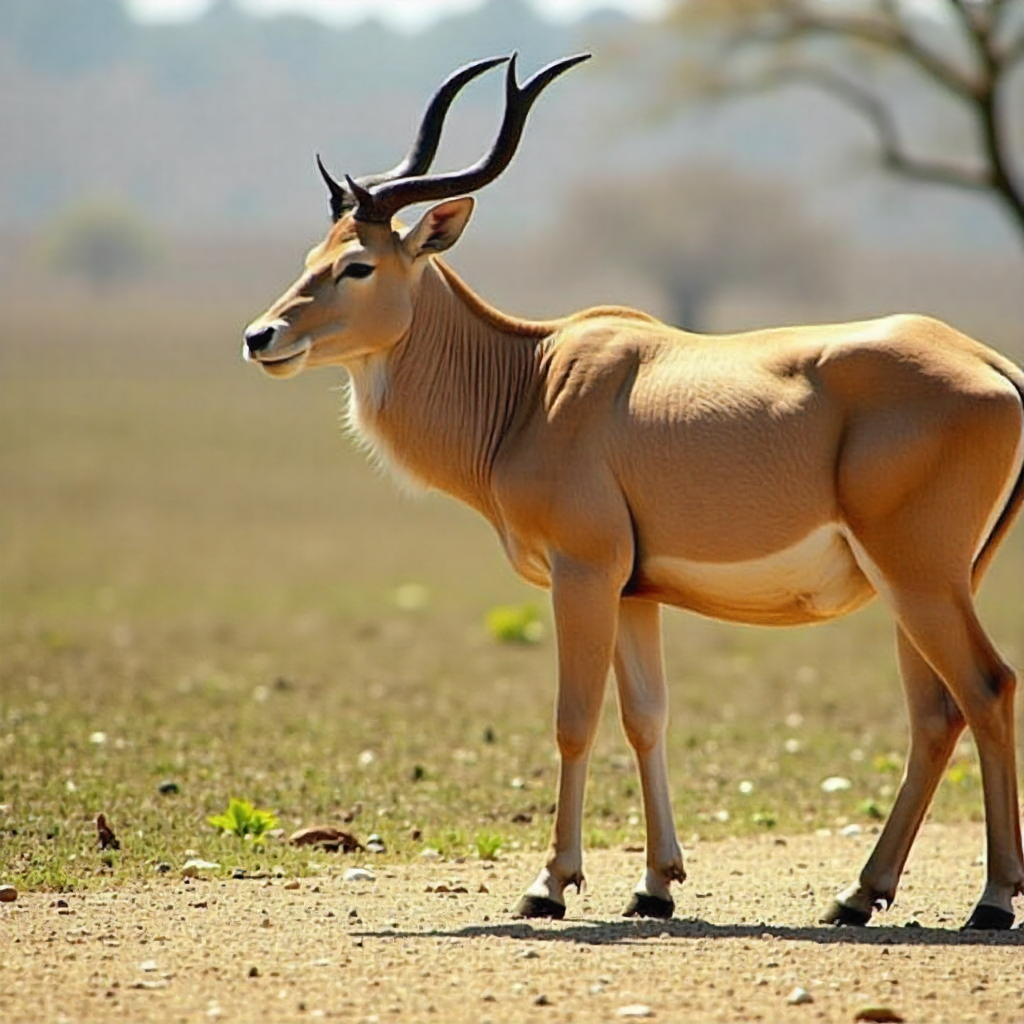
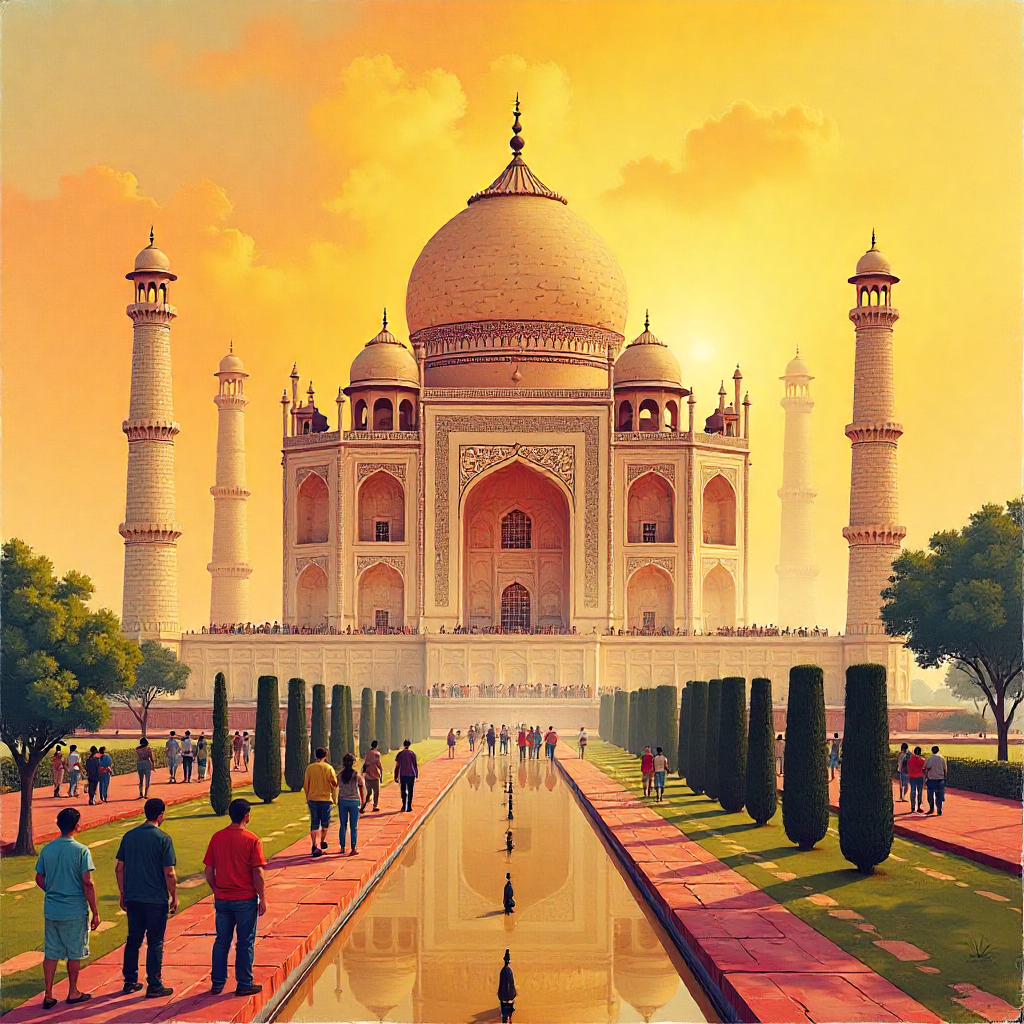

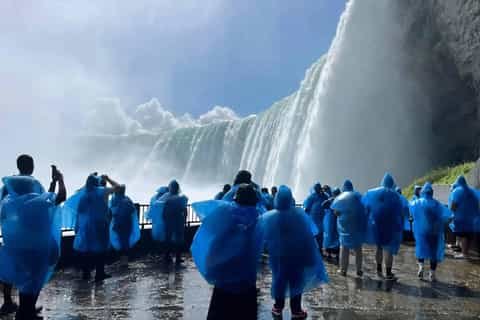
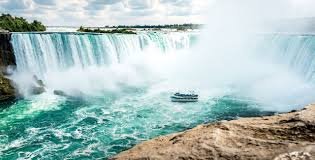
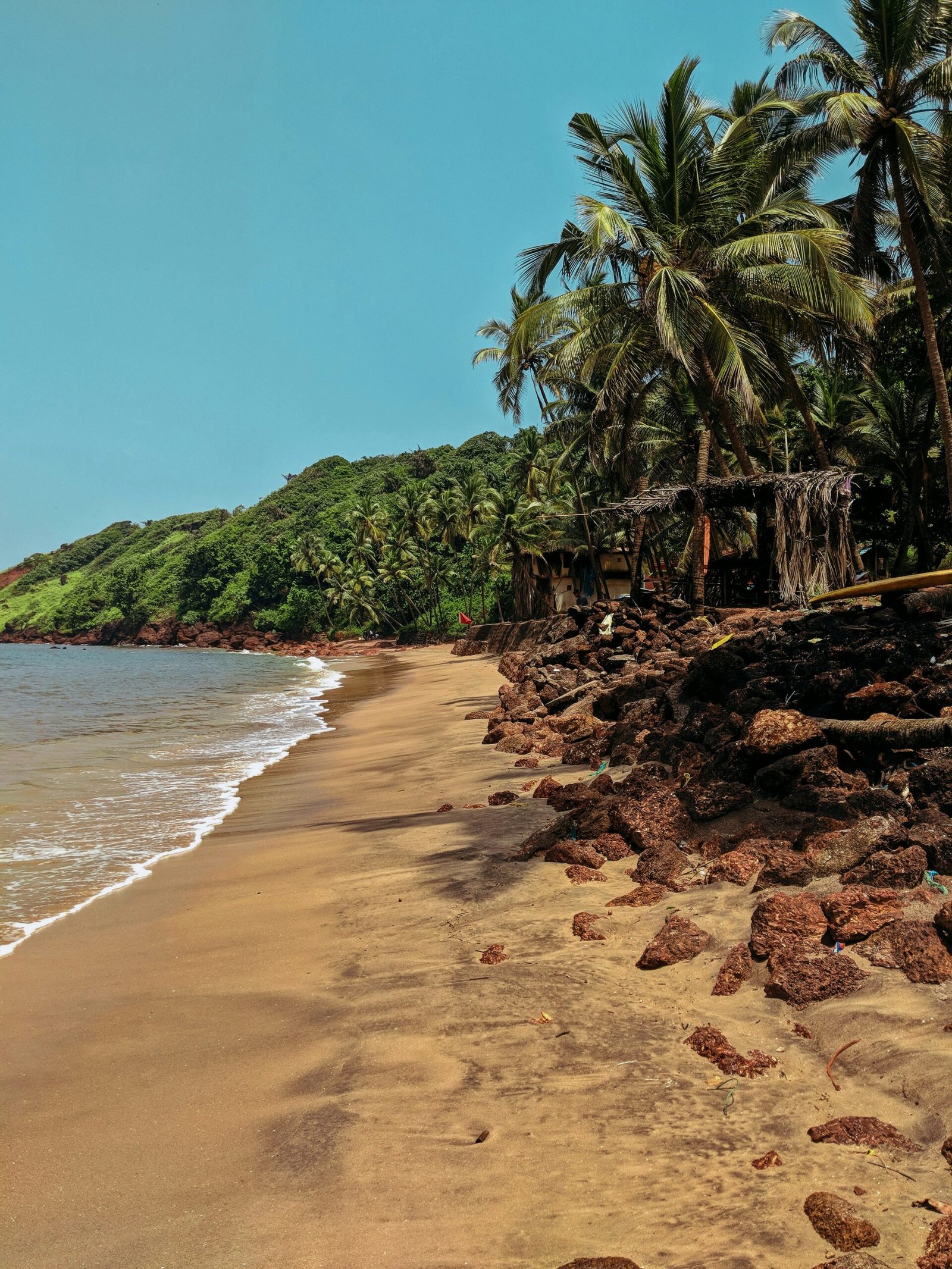

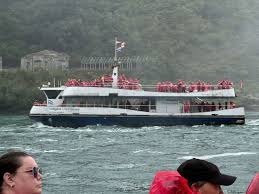
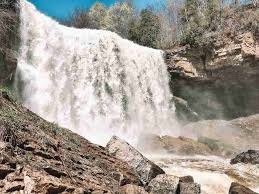




Leave a Reply